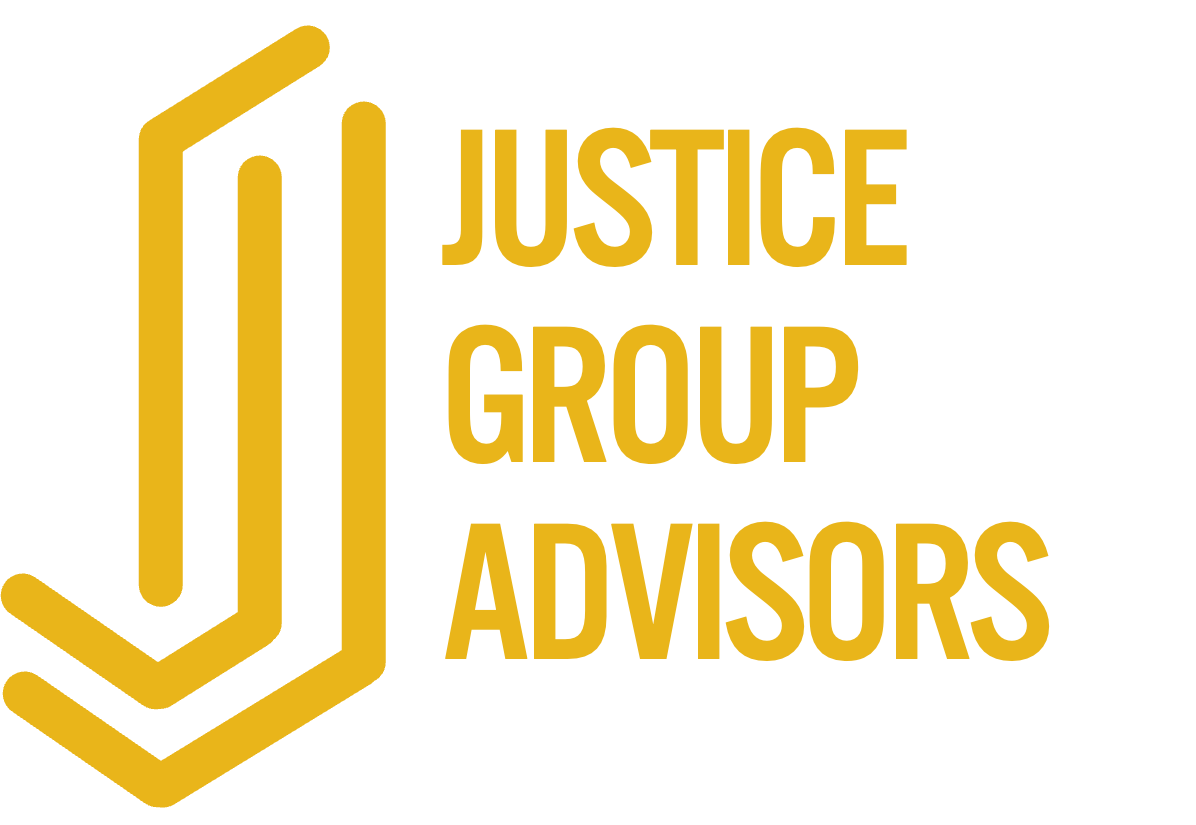A Simple, 3-Step Strategy to Improve Executive Presence
Struggling to improve your executive presence with all the vague advice out there? Navigating feedback about improving executive presence can feel like trying to solve a puzzle with missing pieces. You’re not alone—and there’s a better way.
What Does Executive Presence Really Mean?
Having “executive presence” is critical to being seen as an effective leader. But what is executive presence? Too often, leaders are given this feedback without enough context or direction to know how to improve it. They’re left grappling with vague feedback and generic advice, unsure of how to bridge the gap between where they are and where they want to be.
People with strong executive presence exude confidence, credibility, and authority. It's that intangible quality that makes others sit up and take notice, fostering trust and respect. Executive presence enables leaders to command a room, influence stakeholders, and drive organizational success.
However, building executive presence can be challenging. It requires self-awareness, intentional effort, and a willingness to step outside one's comfort zone. Many struggle to identify specific behaviors that contribute to executive presence and find it daunting to make meaningful changes. Yet, with the right guidance and a strategic approach, enhancing executive presence is achievable for anyone committed to their personal and professional development.
Case Study: Enhancing Executive Presence Through Behavioral Changes
Consider a recent client of mine who received feedback from her CEO that she needed to improve her executive presence. At first, she took the feedback at face value and tried to seem more “executive.” Over time she realized she had no idea how to change his perception. By then, she was too embarrassed to ask for specific examples or suggestions on how to improve executive presence. As if by asking about it, she’d further demonstrate that she didn’t have it.
Unsure of where to start, she felt trapped in a cycle of uncertainty and frustration. As part of our coaching engagement, I conducted a 360-feedback assessment to help her gain clarity on her strengths and blind spots. It revealed recurring themes—such as rushing around and appearing reactive—that were undermining her executive presence and her leadership.
Together, we devised a simple yet powerful solution: before each meeting, she would pause, take a few deep breaths, and focus on her objectives. This practice, though seemingly small, made a significant impact.
Learn how Strategic Silence can amplify your executive presence.
No longer rushing into meetings, she exuded calm, confidence, and control. With clear intentions and objectives, her contributions became more intentional, strengthening her presence in discussions. Meetings became more productive and less stressful, creating an environment where she could effectively communicate her ideas and inspire confidence. This shift not only enhanced her executive presence but also boosted her team’s engagement and solidified her reputation as a trusted leader.
The beauty of behavioral coaching lies in its simplicity. By identifying specific behaviors that were undermining her executive presence and practicing new, more intentional behaviors, this leader experienced transformative results. And so can you.
Behavioral Coaching: A Path to Improved Executive Presence
In my executive coaching practice, executive presence comes up a lot. Many of my clients want to enhance their executive presence, but they aren't sure where to start. I've helped hundreds of people improve their executive presence, and my approach is always the same—practical, results-oriented, and grounded in my behavioral coaching methodology.
Behavioral coaching is all about action and accountability. Rather than dwelling on the “why,” I guide my clients to focus on the “what” and the “how.” We find out exactly what they are doing—or not doing—that is causing others to say they lack executive presence. Then we come up with simple things they can do to change those perceptions. We treat it like an experiment, tracking progress and making adjustments along the way.
If you’re considering coaching, here’s how to position the value to your company.
A 3-Step Approach to Enhance Your Executive Presence
If you want to enhance your executive presence but don't know where to start, try this simple, 3-step behavioral coaching approach. It takes the guesswork out of the process, providing actionable steps that may seem small but can yield significant results. It does require being open to feedback and willing to experiment, but trust me, the payoff is worth it.
1️⃣ Get Clear Feedback.
Reach out to 5-10 of your key stakeholders (e.g., your manager, your colleagues, a trusted partner) and ask what executive presence means to them.
Ask when they’ve seen you demonstrate strong executive presence.
Ask what specific behaviors undermine your executive presence.
2️⃣ Find Behavioral Patterns.
For example:
Do you appear rushed and reactive?
Are you too quiet in meetings?
Do you interrupt people?
3️⃣ Practice New Behaviors.
For example:
Rushed and reactive? Take a few minutes to pause and prepare before meetings.
Too quiet in meetings? Commit to saying at least one thing in every meeting.
Interrupting? Allow others to finish speaking and count to 3 before responding.
You may be tempted to practice several new behaviors at once. Resist the temptation! Instead, pick one new behavior and commit to it. Experiment with it, and check back in with your stakeholders to see if they've noticed an improvement. Once you feel confident in this behavior, then move on to the next one.
By committing to one behavior at a time, you can focus your efforts and track your progress more effectively. This deliberate approach allows you to make meaningful changes and build momentum over time. Building your executive presence is a marathon, not a sprint. Take it one step at a time, and you'll soon see the results.
Want Faster Results?
By following this simple, 3-step approach, you will improve your executive presence. But let’s face it—getting candid, actionable feedback from your stakeholders can be challenging (and sometimes awkward). Synthesizing it to identify key themes, and coming up with the right behaviors to experiment with, can feel overwhelming.
That’s where coaching comes in.
An executive coach with expertise in behavioral coaching can help you cut through the noise and create a practical action plan to get results faster and more effectively. By gathering and analyzing feedback on your behalf, a coach will pinpoint the specific changes that will make the biggest impact. With their personalized support, you’ll stay focused, motivated, and on track to achieve your goals. Learn how to negotiate coaching into your job offer.
If you’re ready to take charge of your career and transform your leadership, schedule a consultation or explore the Executive Accelerator program. The first step is easier than you think.
✨ PS: Not sure if your company will pay for coaching?
Take this quick quiz to find out if you have a strong business case for executive coaching. Answer 10 simple questions to get insider tips on how to position yourself as a strategic, proactive leader—and secure your company’s support for professional growth.





You’ve built a reputation as the go-to person for getting things done—but now, the very skills that made you indispensable may be holding you back. Learn how to shift from tactical expert to strategic leader.